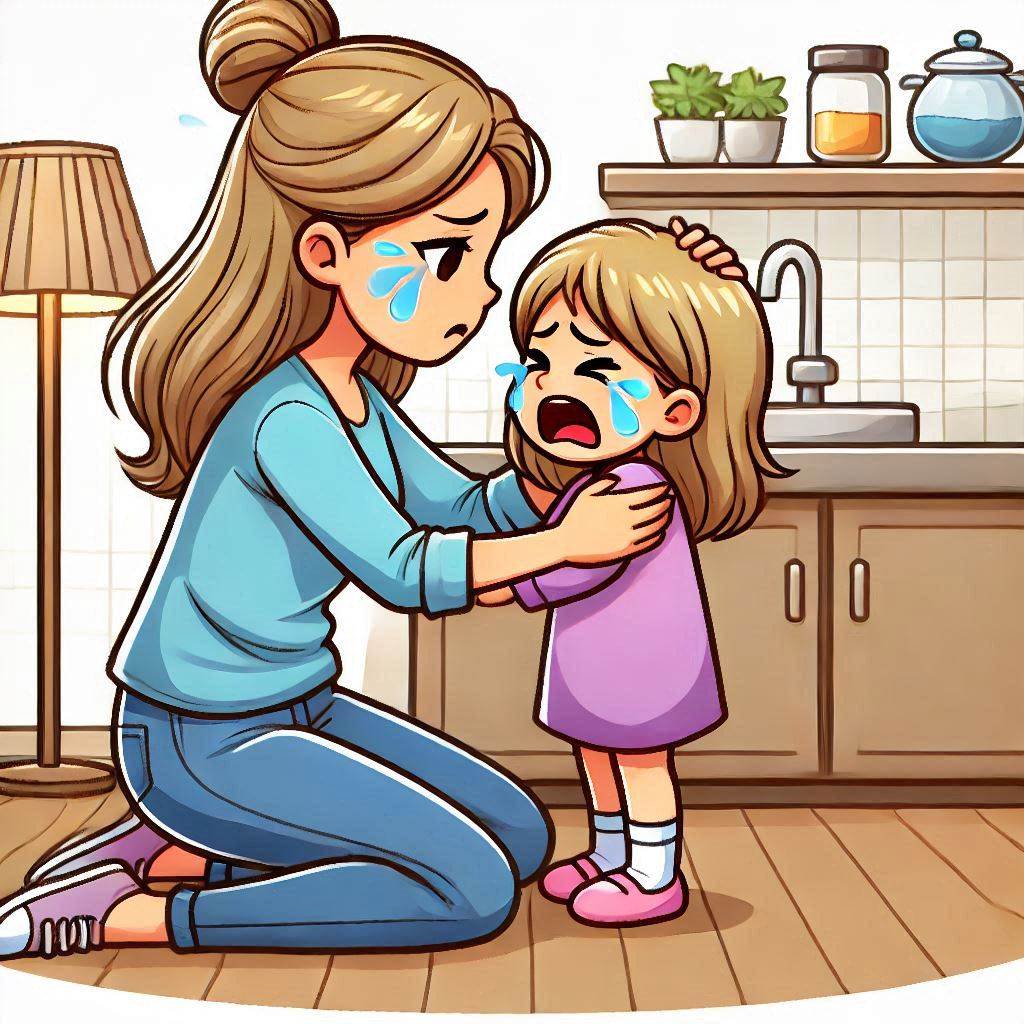Supporting Your Child Through Big Emotions: A Guide for Parents
As parents, we witness the full spectrum of our children’s emotions, from joy and excitement to frustration and sadness. Big emotions can be overwhelming, both for kids and their caregivers. Understanding how to support your child through these moments is essential for fostering emotional resilience and helping them develop healthy ways to navigate their feelings.
Why Emotional Awareness Matters
Emotions are a natural part of life, and learning to manage them effectively is a key skill for children. Emotional awareness helps kids:
- Build resilience: They learn to recover from setbacks more quickly.
- Foster healthy relationships: Understanding their own feelings makes it easier to empathize with others.
- Improve problem-solving skills: When kids can name and process their emotions, they can approach challenges more calmly and thoughtfully.
When parents provide a supportive environment for emotional growth, children feel safe expressing themselves and learning about their emotions.
Understanding Big Emotions
Big emotions are intense feelings that can overwhelm a child’s ability to cope. These might include:
- Anger: A strong reaction to perceived injustice or frustration.
- Fear: A response to something unfamiliar or threatening.
- Sadness: Often related to loss or disappointment.
- Excitement: High energy that can sometimes feel uncontrollable.
Children often lack the vocabulary or skills to express these feelings, leading to tantrums, outbursts, or withdrawal. Recognizing these emotions is the first step in supporting them.
Strategies for Supporting Your Child
1. Validate Their Feelings
Children need to know that it’s okay to feel big emotions. Validation means acknowledging their feelings without judgment.
- What to say: “I see that you’re really upset right now. That’s okay. I’m here to help.”
- What to avoid: Phrases like “You’re overreacting” or “Stop crying” dismiss their emotions and can make them feel ashamed.
2. Model Emotional Regulation
Children learn a lot by observing how adults handle emotions. Demonstrating calm responses during stressful situations teaches them self-regulation.
- Example: If you feel frustrated, say, “I’m feeling frustrated right now, so I’m going to take a deep breath.”
- Why it works: This shows kids that it’s normal to feel strong emotions and that there are healthy ways to manage them.
3. Teach Emotional Vocabulary
Help your child identify and name their emotions. This gives them the tools to express themselves without acting out.
- Activity idea: Use an “emotion chart” with pictures of faces showing different feelings (happy, sad, angry, etc.). Ask your child to point to the face that matches how they feel.
- Why it works: Naming emotions helps children understand and communicate what’s happening inside them.
4. Create a Calm-Down Corner
A designated space where your child can go to self-soothe can be a helpful tool.
- What to include: Soft cushions, stuffed animals, coloring books, or a calming jar filled with glitter and water.
- How to use it: Encourage your child to spend time in the calm-down corner when they’re feeling overwhelmed. Make sure it’s not framed as punishment but as a helpful resource.
5. Practice Calming Techniques
Teach your child simple strategies to calm their body and mind during big emotions.
- Deep breathing: Encourage them to take slow breaths in through their nose and out through their mouth. You might call it “smelling a flower and blowing out a candle.”
- Progressive muscle relaxation: Guide them to tense and relax different muscle groups.
- Counting: Suggest counting to ten to create a moment of pause.
Encouraging Healthy Expression of Emotions
1. Art and Creativity
Art provides an outlet for emotions that kids might not yet have words for.
- Activity idea: Ask your child to draw how they’re feeling. For example, “Can you draw a picture of what made you upset?”
- Why it works: Visualizing emotions can make them feel less overwhelming.
2. Storytelling
Sharing stories about emotions can help children feel less alone in their experiences.
- Activity idea: Read books where characters experience and overcome big emotions. Discuss the story and relate it to your child’s feelings.
- Why it works: Stories normalize emotions and provide examples of healthy coping strategies.
3. Role-Playing
Practicing responses to challenging situations helps kids feel prepared.
- Activity idea: Role-play a scenario, like a friend taking a toy. Discuss how to handle the situation calmly.
- Why it works: It builds confidence and teaches problem-solving skills.
Building Emotional Resilience
1. Establish Routines
Predictable routines create a sense of security and reduce emotional outbursts.
- What to do: Set regular times for meals, play, and sleep. Include rituals like bedtime stories or a family gratitude circle.
- Why it works: Knowing what to expect helps children feel more in control.
2. Encourage Problem-Solving
When children face challenges, guide them toward solutions instead of solving problems for them.
- What to say: “What do you think we can do to fix this?”
- Why it works: Problem-solving builds independence and reduces frustration.
3. Celebrate Progress
Acknowledge and praise your child’s efforts to manage their emotions.
- What to say: “I’m so proud of how you used your words instead of yelling.”
- Why it works: Positive reinforcement encourages healthy behavior.
When to Seek Help
While most emotional struggles are a normal part of development, some signs might indicate the need for professional support:
- Persistent sadness or anxiety that interferes with daily life.
- Frequent, intense outbursts that don’t improve over time.
- Difficulty forming relationships or engaging in activities they once enjoyed.
If you’re concerned, consult a pediatrician or child therapist for guidance.
A Final Word on Supporting Big Emotions
Supporting your child through big emotions takes patience, empathy, and consistency. Remember, it’s not about eliminating these feelings but equipping your child with the tools to navigate them. As they grow, they’ll carry these skills into adulthood, building a foundation for resilience, empathy, and self-awareness.
By validating their feelings, teaching emotional vocabulary, and providing calming strategies, you’re giving your child the gift of emotional intelligence—a skill that will serve them well for a lifetime. Embrace the journey together, knowing that every challenge is an opportunity to connect and grow.


